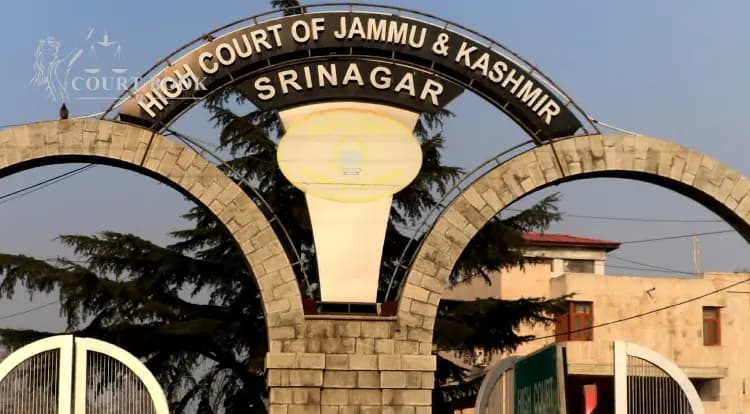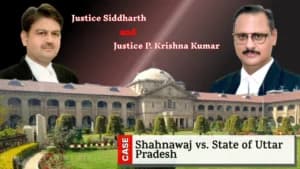The High Court of Jammu and Kashmir and Ladakh has issued a notification implementing the Standard Operating Procedures (SOPs) mandated by the Supreme Court of India for the personal appearance of government officials in court proceedings. These SOPs aim to streamline the process, ensuring that officials are summoned only when necessary and that their appearances are regulated with procedural fairness.
The directive stems from the Supreme Court’s judgment dated January 3, 2024, in the case of The State of Uttar Pradesh & Ors. Vs. Association of Retired Supreme Court and High Court Judges at Allahabad & Ors. The Supreme Court instructed all High Courts to frame specific guidelines for summoning and requiring the personal presence of government officials in court.
A notification issued by the Registrar General of the J&K and Ladakh High Court states:
"The Chief Justice of the High Court of Jammu & Kashmir and Ladakh has been pleased to adopt the Standard Operating Procedure (SOP) with regard to the personal appearance of Government Officials in Court Proceedings, as laid down by the Hon'ble Supreme Court."
These SOPs are applicable to all courts under the jurisdiction of the J&K and Ladakh High Court and cover cases involving government officials, including adjudications, summary proceedings, and contempt matters.
Key Highlights of the SOPs
Classification of Proceedings
- Evidence-Based Adjudication: Officials may be required to appear if their testimony or documents are essential.
- Summary Proceedings: Appearances should be avoided unless necessary; cases may rely on affidavits, reports, or documents.
- Non-Adversarial Proceedings: Officials may be required to provide clarification on complex policies or technical matters beyond the capacity of government legal representatives.
"If the issues can be addressed through affidavits and other documents, physical presence should not be directed as a routine measure."
Summoning Procedure
- Courts must prioritize video conferencing for official appearances.
- A physical presence should only be required if absolutely necessary, and the reason must be recorded.
- Officials must receive prior notice to ensure preparedness.
"The court should, as a first option, allow the officer to appear through video conferencing. The invitation link must be sent at least one day in advance."
Courtroom Decorum for Government Officials
- Officials should not be made to stand unnecessarily during proceedings.
- Judges must refrain from making humiliating remarks about officials' physical appearance, educational background, or social standing.
- The court should avoid commenting on officials’ attire unless there is a violation of the dress code.
"The court must cultivate an environment of respect and professionalism. Comments on officials' appearance, background, or attire should be avoided."
Timeframe for Compliance with Court Orders
- Courts must consider the complexities of governmental decision-making before imposing strict deadlines.
- Officials should be allowed to request deadline extensions when justified.
"The court must acknowledge and accommodate a reasonable time frame, depending on the specifics of the case."
Guidelines for Contempt Proceedings
- Personal appearance should be directed only after issuing a show-cause notice.
- The court must ensure due process before initiating contempt actions.
- If an official is required to appear in person, they must receive advance notice and should be allowed to appear via video conferencing if possible.
"The court should exercise caution and restraint when initiating contempt proceedings, ensuring a judicious and fair process."










